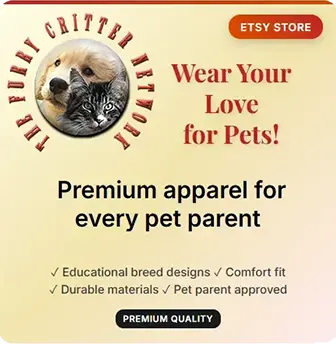The Chien Norvegien De Macareau carries a name that translates directly to Norwegian Puffin Dog in French, reflecting both its geographical origins and its original purpose. This rare breed has accumulated various names throughout its history, each illuminating aspects of its unique heritage and the critical role it played in the economy and survival of remote Norwegian island communities.
The name Chien Norvegien De Macareau represents the French designation for this breed, with macareau being the French word for puffin. This name directly corresponds to the breed's Norwegian name, Lundehund, which combines lunde (the Norwegian word for puffin) with hund (meaning dog). Both names emphasize the breed's historical function as a specialized puffin hunter, a role that shaped every aspect of its physical development and temperament.
The puffin dog designation appears in various languages and forms throughout breed literature. In English, the breed is commonly called the Norwegian Puffin Dog alongside its formal registered name of Norwegian Lundehund. This descriptive name immediately conveys the breed's purpose to those unfamiliar with Norwegian terminology, helping explain why such an unusual dog with extraordinary physical adaptations came to exist.
Historical records from the Lofoten Islands, where the breed originated and was preserved, sometimes refer to these dogs simply as the birds' dogs or cliff dogs in local dialects. These informal names reflected the dogs' working partnership with islanders who depended on puffin hunting for survival. The birds and their eggs provided essential food and trade goods for communities where harsh conditions limited other food sources.
The breed's extreme rarity throughout most of its modern history has affected its recognition and naming conventions internationally. For many decades, so few individuals existed that the breed remained virtually unknown outside Norway. Even within Scandinavia, the Chien Norvegien De Macareau was considered nearly extinct multiple times during the 20th century, limiting opportunities for widespread recognition or standardized naming.
The Norwegian Kennel Club officially recognized the breed in the 1940s, establishing formal breed standards and registration protocols that helped coordinate preservation efforts. This recognition provided a foundation for rebuilding the breed from the handful of surviving dogs and created official documentation of breed characteristics for future generations.
International recognition came much later for this rare breed. The American Kennel Club granted full recognition to the Norwegian Lundehund in 2011, making it one of the newest breeds in AKC history despite being among the oldest in actual existence. Prior to full recognition, the breed had been eligible to compete in AKC events through the Foundation Stock Service and Miscellaneous Class.
The United Kennel Club recognizes the breed under its official name, providing alternative competition venues and registration services for owners. The Canadian Kennel Club and other national registries also recognize the breed, enabling international exchange of breeding stock and competitive opportunities.
The Federation Cynologique Internationale classifies the Chien Norvegien De Macareau in Group 5 (Spitz and Primitive Types), Section 2 (Nordic Hunting Dogs). This classification reflects the breed's origins as a specialized hunting dog in the Nordic region and its place within the Spitz family of breeds that share certain physical characteristics including erect ears, curled tails, and double coats adapted to cold climates.
Breed clubs dedicated to the Chien Norvegien De Macareau exist in Norway, the United States, and other countries where the breed has established a presence. The Norwegian Lundehund Association of America serves as the parent club for the breed in the United States, working to promote responsible breeding, educate owners, and preserve the breed's unique characteristics. The Norsk Lundehund Klubb in Norway coordinates preservation efforts in the breed's homeland.

